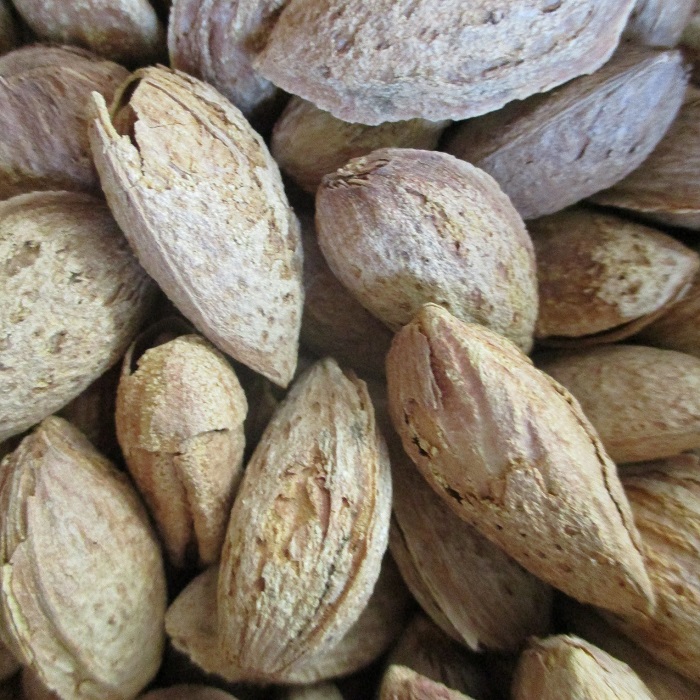UNITED STATES—Compared to canned (potted) nursery stock, bare root plants have a few advantages. They are less expensive, easier to handle, more conducive to pruning into a desired form, and they disperse roots and get established more efficiently. One more advantage that is not often considered is that they are easier to install into the garden. For some, it is as simple as poking a stick in the mud.
Perhaps the only disadvantage of bare root plants is that they must be planted immediately, so that they get their roots soaked and settled into the ground into which they will disperse new roots. If planting must be delayed, roots can soak in a bucket of water for only a few days. Unless they are to live in big pots, potting for a season only delays and interferes with efficient root dispersion.
Only bare root trees that need root barriers (to divert roots from pavement) or mesh gopher baskets (to divert gophers from roots) will need planting holes that are as big as those for canned nursery stock. Otherwise, planting holes need be only as wide as the bare roots, and should be no deeper. If soil is loosened too deeply below, new plants will sink as loose soil settles. Graft unions must remain above grade.
Well flared roots can be spread over a cone of soil formed at the bottom of the planting hole. Conversely, cane berries, after their roots get loosened, can simply be dropped into slots formed by sticking a shovel into the ground and prying it back.
Soil amendments that are useful for providing a transition zone between potting media of canned nursery stock the surrounding soil are not so important with bare root stock. Bare root plants only want a bit of soil amendment if the soil is too sandy or too dense with clay. Otherwise, too much amendment can actually inhibit root dispersion by tempting roots to stay where the richest soil is.
Once planted, trees can be pruned as desired. Most come with superfluous stems to provide more options for pruning, and some stems will be damaged in transport. Fertilizer need not be applied until growth resumes in spring.
Highlight: almond
It is no more in season now than the other stone fruits like apricot, cherry, plum and such, but this is the time of year that almond, Prunus dulcis, needs work. Established trees get pruned while bare and dormant. New trees, preferably bare root, get planted. The most popular modern cultivars available are self pollinating, and labeled as such. Old traditional cultivars require pollinators.
Almond is the ‘other’ stone fruit. Because it is a nut, it does not resemble the rest of the juicy and fleshy stone fruits like nectarine and peach. However, the resemblance to the stones of the stone fruits is obvious. It is, after all, a big seed. The fruity parts form tough hulls that spit open to reveal the dry nuts within. Almonds do not get picked, but instead get shaken or knocked from the trees.
Because the nuts are lightweight, almond trees do not need to be pruned as aggressively as other stone fruit trees. Because the nuts are not hand picked, the trees can be pruned upward as deciduous shade trees with spectacularly white spring bloom. Some cultivars can get more than 20 feet tall. Squirrels and crows take most of the nuts, but do not bother to clean up the hulls.
Horticulturist Tony Tomeo can be contacted at tonytomeo.com.






